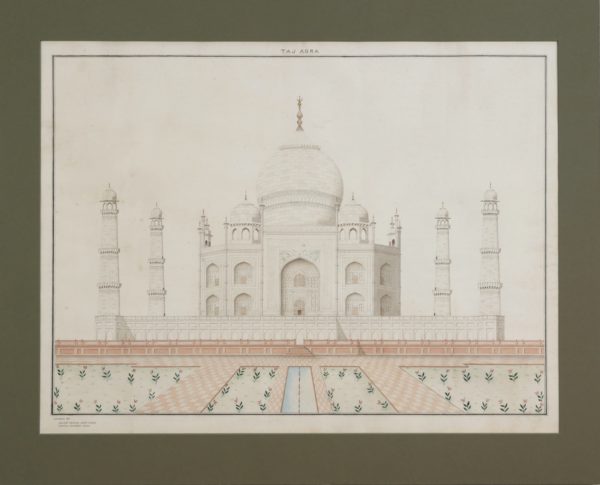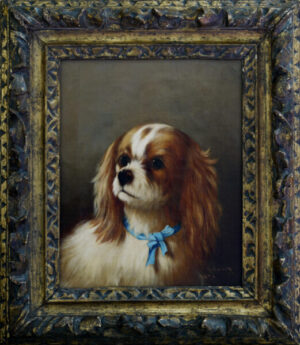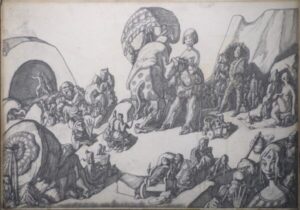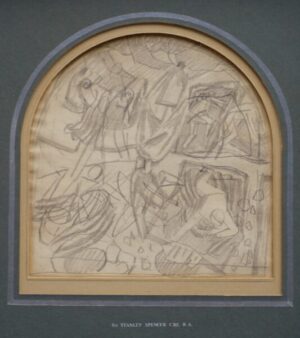Description
In the eighteenth and nineteenth century India witnessed a new genre of painting popularly known as ‘Company School’. It was so named because it emerged primarily under the patronage of the British East India Company. The officials of the Company were interested in paintings that could capture the “picturesque” and the “exotic” aspect of the land, besides recording the variety in the Indian way of life which they encountered. Indian artists of that time, with declining traditional patronage, fulfilled the growing demand for paintings of a wide variety including historical monuments such as the Taj Mahal. The artists of this School modified their technique to cater to the British taste for academic realism which required the incorporation of Western academic principles of art such as a close representation of visual reality, perspective, volume and shading. The artists also changed their medium and now began to paint with watercolour (instead of gouache) and also used pencil or sepia wash on European paper.
The Taj Mahal was commissioned by Shah Jahan (r.1628-58), following the death of his wife Arjumand Banu Begam, known by her title Mumtaz Mahal, and was built between 1632-43 . Despite the numerous attacks on North Indian cites of Agra and Delhi in the late 18th century, the Taj Mahal was the only monument to have escaped serious damage. Constructed of India’s finest marble, it took 12 years to build involving 20,000 craftsmen from all over Asia. Its harmonious proportions and the high quality of its craftsmanship have made the Taj Mahal one of the most famous buildings in the world.



